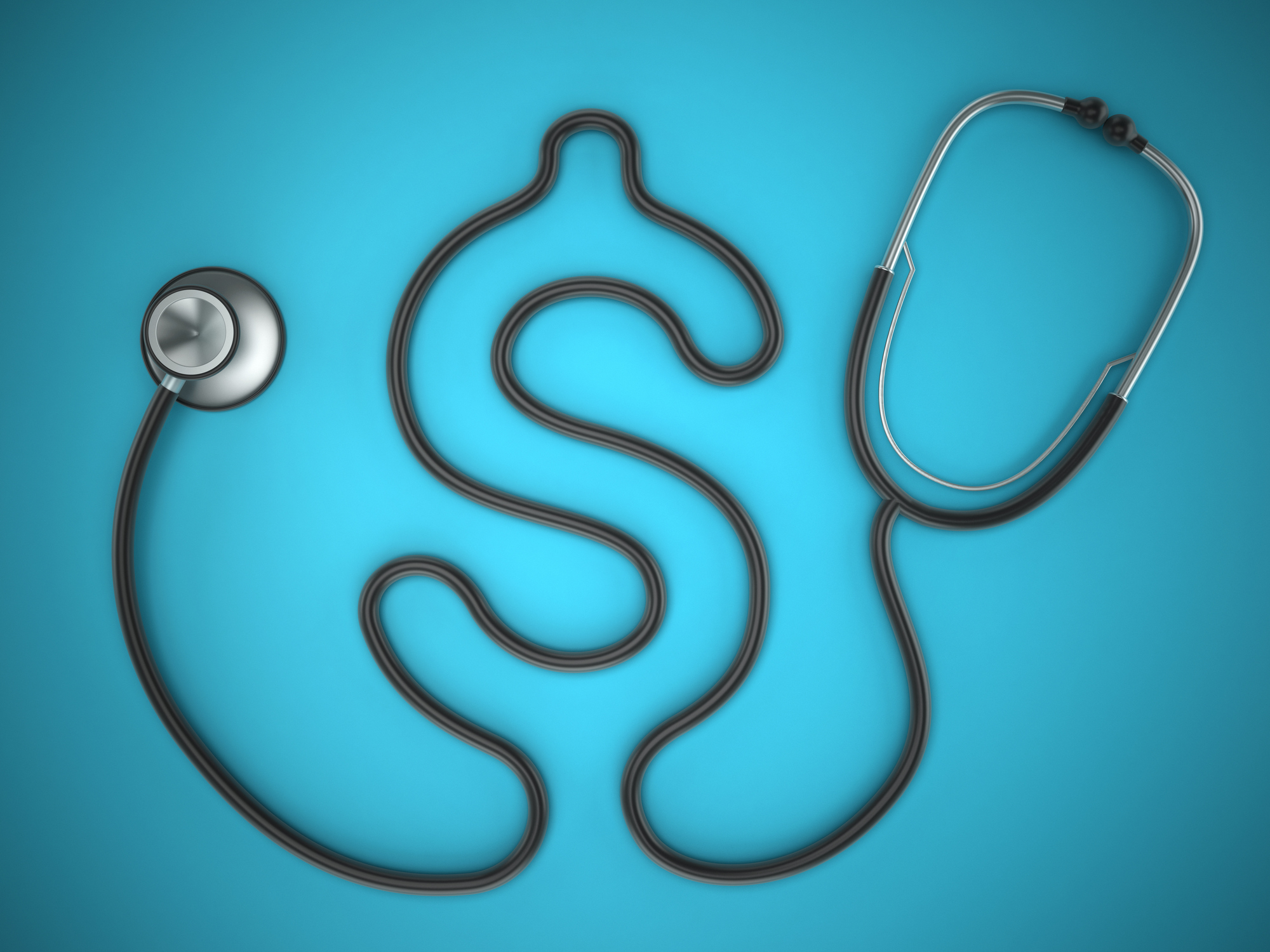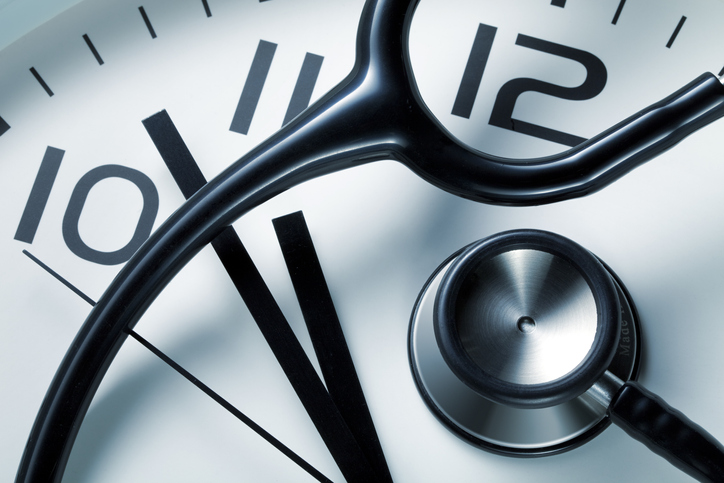COLUMBUS, Ohio – Recession, economic stimulus, a new administration and globalization have changed the research and development funding picture so much this year that R&D Magazine and Battelle for the first time ever updated their closely watched forecast.
The organizations have produced an R&D funding forecast at the beginning of each year for 31 years. The magazine has been doing its R&D funding forecast for 51 years. People rely on the forecast to indicate directions for R&D spending in government, industry and academia.
This year was no different. But in the last six months, the recession has deepened and $18 billion in American Recovery and Reinvestment Act money has become available. “These forces have had notable R&D effects in the automotive, biopharm, computer and other industries,” the organizations said in a joint press release.

With the Rise of AI, What IP Disputes in Healthcare Are Likely to Emerge?
Munck Wilson Mandala Partner Greg Howison shared his perspective on some of the legal ramifications around AI, IP, connected devices and the data they generate, in response to emailed questions.
That means R&D budgets for fiscal 2009 will reach $165.4 billion, an increase of 12.5 percent from base fiscal 2009 levels, the organizations said.
“The importance of the stimulus effect on construction and capital expenditures cannot be overstated,” said Marty Grueber, a co-author of the report and a research leader at Battelle. “At $3.64 billion, the [stimulus law] alone provides an amount equal to approximately 80 percent of recent years’ facilities and equipment budgets.”
According to the new forecast, the stimulus money:
- Includes $18.34 billion for R&D efforts, amounting to 2.3 percent of all of the stimulus money — $14.69 billion for direct R&D efforts, $3.64 billion for R&D facilities and capital equipment.
- The National Institutes of Health (NIH) is the big R&D winner, accounting for $10.4 billion, or 56.7 percent, of the stimulus funding.
- Federal R&D budget increased by 2.3 percent, from $143.7 billion in fiscal yeare 2008 to $147 billion in fiscal year 2009.
- Department of Defense received a $1.34 billion increase; NIH received a $1.2 billion increase; Department of Energy received an $814 million increase over fiscal year 2008 levels.
In the area of industrial research and development:
- For the first time since 2002, anticipated growth rate of effort directed toward new business declined.
- Growth of professional staff, hiring of new graduates and outsourcing of R&D to other industries is expected to slow.
- With few exceptions (notably Toyota and Motorola), a large number of technology companies made relatively few cuts to their most recent quarterly R&D budgets.
In academia:
- Institutions stand to receive more stimulus money than industrial or government researchers, and expect to spend about three-quarters of the funds on research.
- Response to the package is mixed: delighted to have the additional funding but concerned about the short time-frame over which the stimulus funds are to be spent.
- Significant concern that stimulus money will create a “blip effect,” though the doubling of the National Institutes of Health budget may limit this effect.
Internationally:
- Top 40 countries account for about 85 percent of all R&D spending in the world, to $1.125 trillion from $1.143 trillion in December 2008.
- China and India continue on their substantial growth path increasing their expenditures on R&D by 14.9 percent and 6.7 percent, respectively.
- Europe is drifting further behind the United States in R&D funding and may never close the research gap if it fails to boost investment in the services sector.














